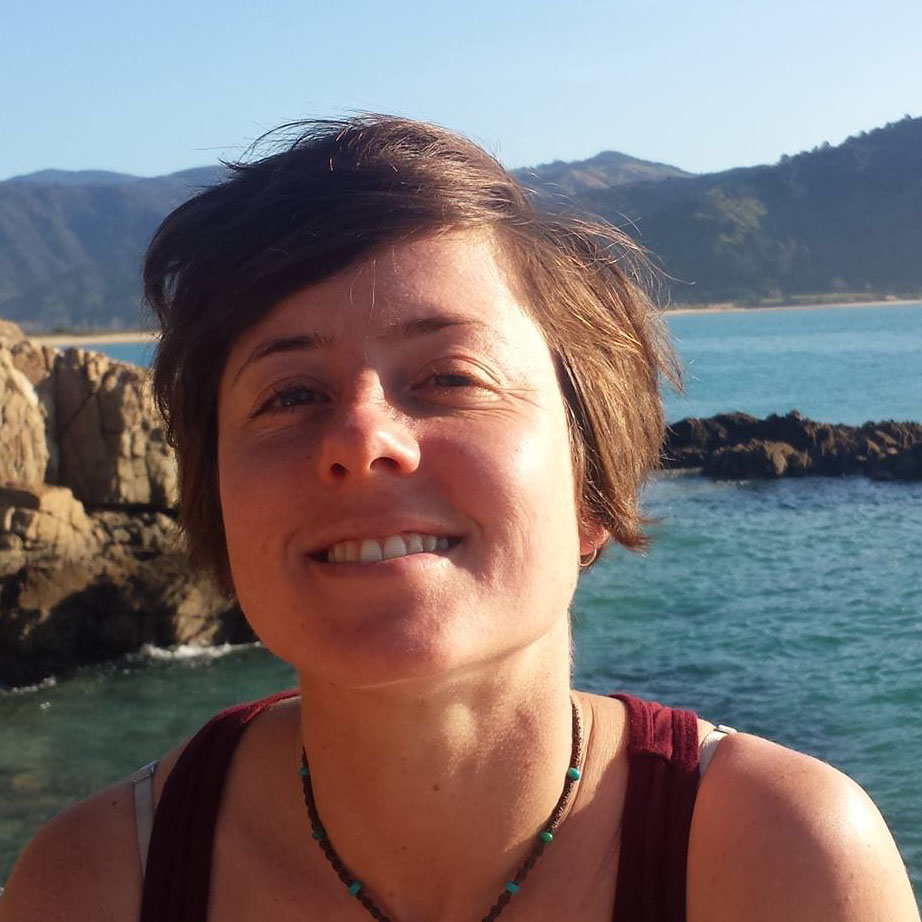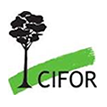What makes a place a place?
When we give a name to a country, a bioregion, or a geographic feature, we tend to imagine it as a ‘place’ in and of itself. But the truth is that where such places begin and end is a cultural decision, varies depending on who’s using it, and is almost always up for debate.
The Managalas Conservation Area (MCA) stretches 214,696 hectares across a plateau of forests and grasslands, on the northern side of the range of mountains that arcs across the island of New Guinea. It is divided geographically into 11 zones and was declared in 2017 following a three-decade engagement process led by Port Moresby-based NGO Partners With Melanesians (PWM) with funding from the Rainforest Foundation Norway (RFN): an impressive achievement for conservation in a country where community agreement over the usage of such a large portion of populated land is difficult to come by (see graph on page 16 of this biodiversity forum report).
Just 4% of Papua New Guinea’s terrestrial land and less than 1% of its marine area is currently designated as protected: as specialist Fiona Leverington noted during the forum, “Protected area declarations have progressed very slowly, with only one large protected area [the MCA] gazetted since 2010. This falls well short of the Convention on Biological Diversity (Aichi) target of 17% of terrestrial areas and 10% of marine areas by 2020, to which Papua New Guinea (PNG) committed.”
Key to creating the MCA was the ‘making’ of shared identities at zone and Plateau scales, which forced people to make collective decisions across complex sociological lines. The basic unit of social organization in PNG is the clan and different clans often have different cultures and beliefs, speak different languages, and may have long histories of rivalry and disagreement. As such, bringing people together from across the Plateau to agree on clear boundaries for development–such as not allowing large-scale logging, mining or agriculture—was a novel notion, but one that was fundamental to the path that followed.
“Traditional ways of organizing people do not have the inherent capacity to organize people by larger areas,” said Rune Paulsen, the coordinator of key funder RFN’s 1998-2022 engagement in Managalas. “And this was clearly needed. These people lived in a world where the enemies were on the other side of the hill. And if you’re dealing with logging companies and mining companies, the people over the hill are not the problem: the problem is then that people are not united in a common sense towards these developments.”
Power in numbers
Building such a sense of unity required a commensurate upleveling in the communities’ ability to communicate and build consensus. PWM sought to help develop in a number of ways, including by creating the zone structure and facilitating discussions at the village and clan levels, then at the zone level through community-based organisations (CBOs) and finally at the cross-Plateau level, in the form of annual ‘combined forums’. “Getting people’s consensus is not easy, especially when it’s a big area with a lot of people,” said Vincent Manukayasi, a pioneering PWM staff member and current consultant to the Center for International Forestry Research and World Agroforestry (CIFOR-ICRAF). For that to happen, people need to understand the concept before they agree.”
The consensus-building programme began in 1996-7 in the eastern part of the Plateau. “We had to spend time in one place to properly establish things, and make people aware of our work before moving to another place,” explained Manukayasi. “Only Zones 1 and 2 were involved at the initial stage, and gradually other zones came in to join the project.” That choice, however, affected the ongoing dynamics of the Plateau-wide efforts. “People from the West always claim that the project started with them, so it’s their project,” said Edwin Noaka, PWM’s longest-serving staff member, who lives in a village close to the MCA’s border: to this day, many people living in the eastern part of the Plateau say their concerns are not sufficiently taken into account.

A group of Managalas youth holding sugarcane. Photo by Dean Arek / CIFOR-ICRAF
Inclusion of marginalised groups within each community—such as women and youth—was another key consideration for the consensus-building process. To this end, PWM introduced a gender empowerment programme and worked to include young people as much as possible in its work. “The conservation effort would have died a long time ago, and most probably at its initial stage, if these supporting programmes were not introduced,” said Jacinta Gure, PWM’s current caretaking executive director, who has been with the organisation since 2006. “They all play an active role in ensuring participation of all sectors and people in the community, and that there is tangible benefit to the community for their participation.”
Perhaps the strongest hurdle was opposition from a community leader from one zone, who disagreed with the viability of the MCA project and blocked the proposal for a number of years. Internal politics stemming from the deep and complex history of Managalas’ communities before intervention also posed challenges for consensus and gazettal, such as individuals refusing to agree with others because of past arguments, and disputes over land ownership and boundaries. The depth and complexity of these deep-seated community disputes are hard for an outsider to comprehend.
Given these challenges, the eventual agreement on the CA was a significant moment. “Managalas is a huge conservation area, and that PWM was able to get consensus from such a big area—working with all the communities through the combined forums where communities bring out the issues and identify solutions with partnerships with other stakeholders—is a positive story in itself,” said Zola Sangga, a former PWM board member.
As Reckson Kajiaki, Zone 8 CBO manager, shared, the power of the larger collective has already proved its ability to influence decision-making about destructive and extractive land-use practices. “There was a logging company that wanted to come in here, just at the back of Zone Five,” he said. “And one group of people agreed for them to come into the area and log, but then we say ‘no, you are only a smaller group there and the bigger group says no’”. The project did not go ahead.
Sharing the spoils
The MCA process has raised the quandary of benefit-sharing across the Plateau’s clans, which are heterogeneous regarding land size, access to natural resources, accessibility and basic services. “We want to see that for any form of development, every zone should be sharing in those services that come,” said Malchus Kajia, the current chair of local NGO Managalas Conservation Foundation (MCF) and a proponent of the MCA from the outset.
“Whatever comes must be received by each and every one of us. We want to see every one of us growing, so that no-one is poor, no-one is rich, all of us are working together to receive the service.”
Yet, people in the Plateau’s more remote areas—and the ones that joined the project more recently—have felt, and often continue to feel, excluded from the benefits that the project brings. It’s unsurprising, as it’s much more difficult, costly and time-consuming for partners travelling in and out of the Plateau to reach them or to support getting their goods to market, compared to the zones that are close to the road and airstrip. But the challenge remains. “That’s one of the biggest struggles,” said Kayaki. “They feel left out, totally left out.”

An aerial view of Serefuna Village in the Managalas Conservation Area. Photo by Dean Arek / CIFOR-ICRAF
While people are learning to make decisions effectively at this wider level, clan and kin loyalties remain salient. Take, for example, community leader Lancelot Piritano’s explanation of why he decided to sign the MOU for the conservation area back in 2010 despite his ambivalence towards the project at the time. “[My cousin] came in and asked me to sign the MOU, but I refused four times,” he said. “And, on the fifth time, he approached me in a cousinly way, and therefore, I signed the MOU. So I shouldn’t sign, but because of him, I signed it.”
His story highlights the nuanced and relational nature of consensus-building processes in Managalas and, indeed, across PNG. Building consensus is necessarily an imperfect and ongoing process that requires critical thinking and careful engagement at every step of the way. Conservation partners must be cognizant of the impacts of creating new entities and decision-making scales for the purposes of sustainable management and must strive to work within and alongside existing social and cultural dynamics as they do so, too. This work takes time—and, as such, requires long-term, flexible funding. “This type of conservation consensus could not have been achieved in a typical three-to-five-year project timeframe,” said Will Unsworth, a forestry scientist at CIFOR-ICRAF who leads the EU-funded MCA project. “Without RFN’s long-term commitment, this would never have been achieved.”
For more information on this project, please contact William Unsworth (CIFOR-ICRAF): w.unsworth@cifor-icraf.org
We want you to share Forests News content, which is licensed under Creative Commons Attribution-NonCommercial-ShareAlike 4.0 International (CC BY-NC-SA 4.0). This means you are free to redistribute our material for non-commercial purposes. All we ask is that you give Forests News appropriate credit and link to the original Forests News content, indicate if changes were made, and distribute your contributions under the same Creative Commons license. You must notify Forests News if you repost, reprint or reuse our materials by contacting forestsnews@cifor-icraf.org.













